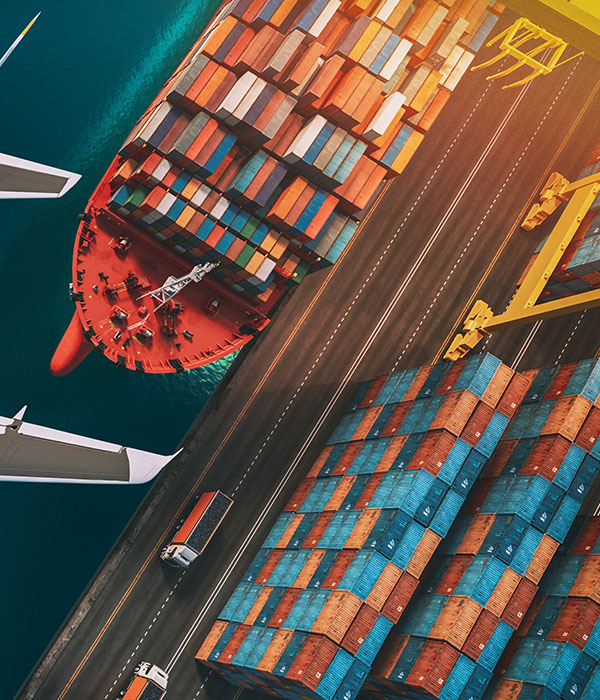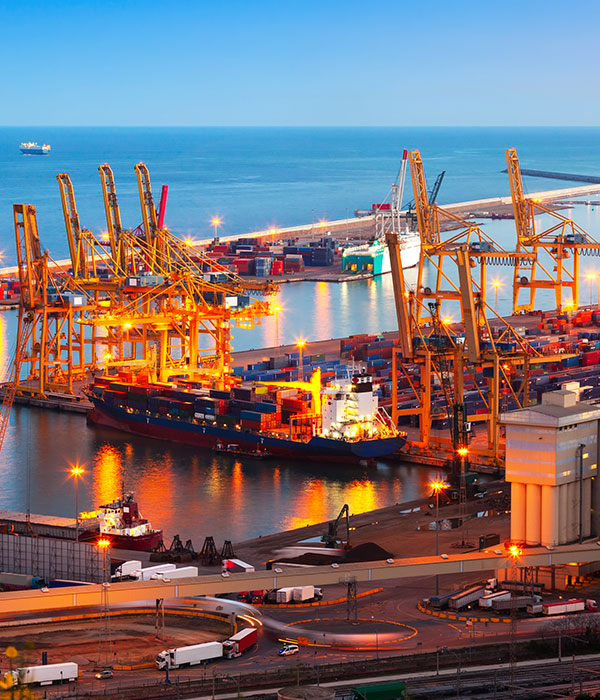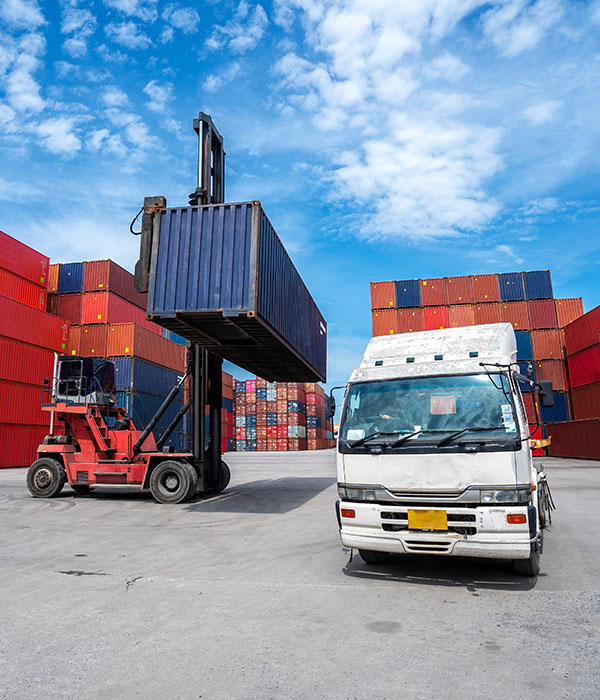Rotterdam Port Reduces Carbon Dioxide Emissions by 10%
Compared with 2022, the carbon dioxide emissions of the Port of Rotterdam will be reduced by 10% in 2023, which is equivalent to a reduction of 2.2 million tons.
The main reason for the decrease is the reduction in carbon dioxide emissions from the two coal-fired power stations in Maasvlakte. Compared with 2022, the total carbon dioxide emissions of these plants will be reduced by more than 2 million tons in 2023. In contrast, Emissions from the three gas-fired power plants at the port increased slightly, by 100,000 tons.
Total fossil fuel generation at these five power plants has decreased by 20%. Due to continued high demand, refinery production has remained stable, resulting in an increase in carbon dioxide emissions of 100,000 tons (1%). Despite low natural gas prices in 2023, Chemical industry production did not rebound, resulting in a further reduction of 200,000 tons (5%) of carbon dioxide emissions.
Nationally, fossil fuel power generation in the Netherlands will decrease by 12% in 2023. The proportion of renewable energy power generation will increase, of which wind power will increase by 35% and solar power will increase by 24%.
According to a statement, in order to achieve a 55 percent reduction in port carbon dioxide emissions by 2030 compared to 1990, consistent with European and Dutch targets, the Rotterdam Port Authority must reduce 9.3 million tons of carbon dioxide by 2030. At present, with the joint efforts of industry stakeholders, the Authority and its port partners, the total emissions are expected to reach 8.1 million tons by 2030.
Combining carbon dioxide capture and storage through initiatives such as the Porthos project, combined with hydrogen-based initiatives and the cessation of coal-fired power plant operations, is critical to achieving the 2030 emission reduction target.
国际海运鹿特丹港二氧化碳排放量减少了10%
与2022年相比,2023年鹿特丹港的二氧化碳排放量减少了10%,相当于减少了220万吨。
减少的主要原因是位于Maasvlakte的两个燃煤发电站的二氧化碳排放量减少。与2022年相比,2023年这些工厂的二氧化碳排放总量减少了200多万吨(38%)。相反,港口三个燃气发电厂的排放量略有增加,增加了10万吨。
这五家发电厂的化石燃料发电总量减少了20%。由于持续的高需求,炼油厂产量保持稳定,导致二氧化碳排放量增加了10万吨(1%)。尽管2023年天然气价格较低,但化工行业的产量并未反弹,导致二氧化碳排放量进一步减少20万吨(5%)。
在全国范围内,2023年荷兰的化石燃料发电量将减少12%。可再生能源发电比重提高,其中风能发电增长35%,太阳能发电增长24%。
根据一份声明,为了实现到2030年港口二氧化碳排放量比1990年减少55%,与欧洲和荷兰的目标保持一致,鹿特丹港务局必须在2030年之前减少930万吨二氧化碳。目前,在行业利益相关者、管理局及其港口合作伙伴的共同努力下,预计到2030年,排放总量将达到810万吨。
通过像Porthos项目这样的倡议,结合基于氢的倡议和停止燃煤电厂的运营,将二氧化碳捕获和储存结合起来,对于实现2030年的减排目标至关重要。












